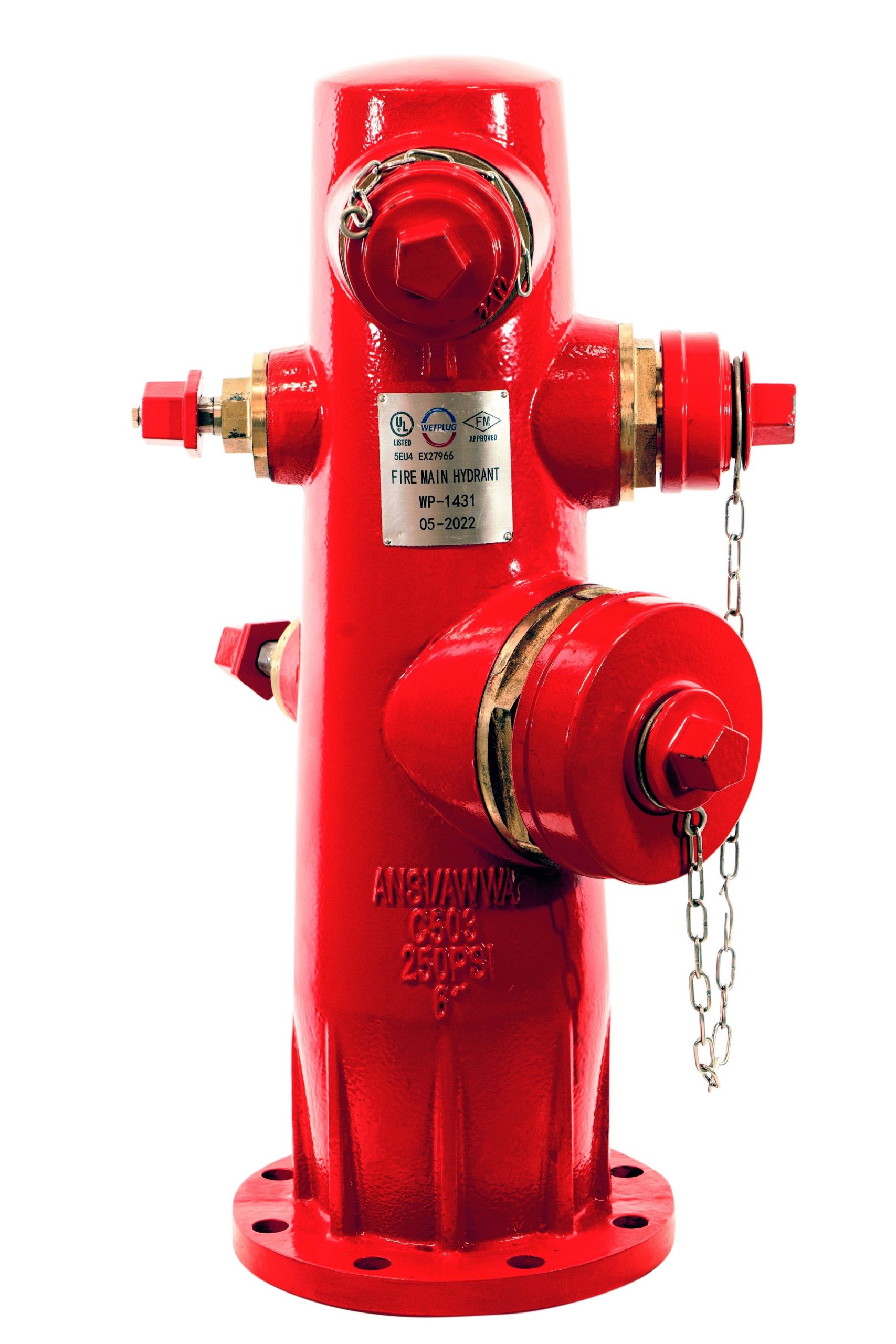Firefighters need access to water to put out fires quickly and efficiently, which is why fire hydrant systems are essential for emergency response and fire protection. We’ll go over all you need to know about fire hydrant systems in this extensive guide, including their parts, how they work, how to maintain them, and how important they are to fire safety.
Components of Fire Hydrant Systems
Main Components
Fire hydrant systems typically consist of several main components, including the fire hydrant itself, underground pipes, valves, and fittings. These components work together to ensure a reliable supply of water for firefighting purposes.
Note:- For those seeking assistance with Fire Hydrant Dry Barrel Type or other fire safety solutions in Dubai, contacting Sensor Tech can provide valuable support and guidance. Sensor Tech specializes in providing advanced sensor technology for fire protection systems, including fire hydrants.
Types of Fire Hydrants
There are two main types of fire hydrants: wet barrel and dry barrel. Wet barrel hydrants have a continuous water supply in the barrel, making them suitable for regions with mild climates. Dry barrel hydrants, on the other hand, remain empty when not in use and are commonly used in cold climates to prevent freezing.
Operation of Fire Hydrant Systems
Activation
Fire hydrants are activated by trained firefighters or emergency personnel during firefighting operations. Once activated, the hydrant’s valve is opened to release water from the underground pipes and supply it to firefighting equipment, such as hoses and pumps.
Water Supply
Fire hydrant systems are connected to municipal water supplies or dedicated water storage tanks to ensure a reliable water supply during emergencies. The pressure and flow rate of the water supply are regulated by valves and fittings to meet the specific requirements of firefighting operations.
Maintenance of Fire Hydrant Systems

Fire Hydrant Dry Barrel Type
Regular Inspections
Routine inspections and maintenance are essential to ensure the proper functioning of fire hydrant systems. This includes checking for leaks, corrosion, and damage to components, as well as testing valves and fittings for proper operation.
Annual Testing
Fire hydrant systems should undergo annual flow testing to verify their performance and ensure compliance with regulatory standards. During flow testing, the flow rate and pressure of water discharged from the hydrant are measured to assess the system’s effectiveness in firefighting scenarios.
Importance of Fire Hydrant Systems
Critical Role in Fire Safety
Fire hydrant systems are critical components of fire safety infrastructure, providing firefighters with access to water to suppress and extinguish fires rapidly. By facilitating the delivery of water to firefighting equipment, these systems help prevent the spread of fire and minimize property damage.
Protection for Communities
Fire hydrant systems play a vital role in protecting communities from the devastating effects of fires. By ensuring a reliable water supply for firefighting operations, these systems enhance the resilience of buildings and infrastructure and help save lives during emergencies.
Conclusion: Ensuring Effective Fire Protection
In conclusion, fire hydrant systems are essential elements of fire protection and emergency response strategies. Understanding the components, operation, and maintenance requirements of these systems is crucial for ensuring their reliability and effectiveness in firefighting scenarios. By investing in proper installation, inspection, and maintenance of fire hydrant systems, communities can enhance their resilience to fires and protect lives and property from harm.
Note:-For more articles, visit writingguest.



